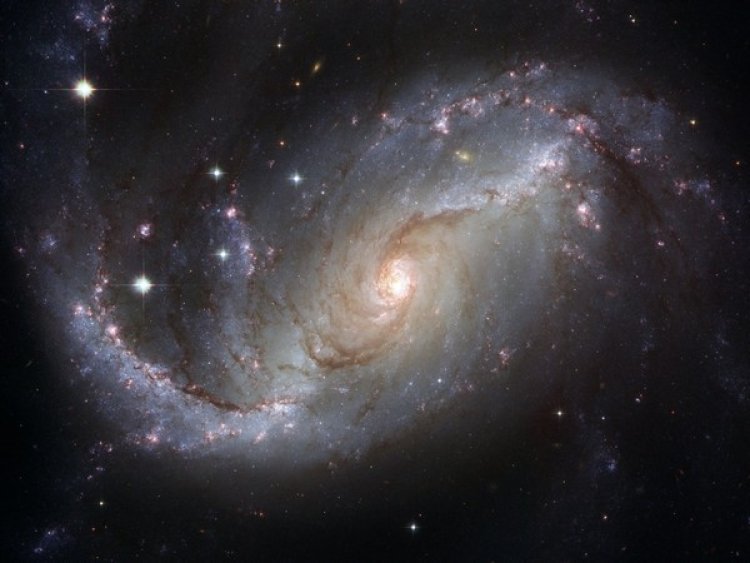Research: AI aids in finding new space anomalies

Moscow, Russia: Seven of the 11 previously undetected space anomalies were found by the SNAD team, an international network of researchers that includes Matvey Kornilov, Associate Professor at the Faculty of Physics at the HSE University. In order to find anomalies using the "nearest neighbour" method, the researchers used a k-D tree to analyse digital images of the Northern sky taken in 2018. Algorithms for machine learning assisted in automating the search.
This research paper was published in the journal - 'New Astronomy'.
The majority of astronomical discoveries have relied on initial observations and subsequent calculations. Despite the fact that there were relatively few observations made overall in the 20th century, the introduction of extensive astronomical surveys greatly increased the amount of data available. For instance, the Zwicky Transient Facility (ZTF), which surveys the Northern sky with a wide-field view camera, generates about 1.4 TB of data each observational night and has billions of objects in its catalogue. The SNAD team, made up of researchers from the US, France, and Russia, realised that manually processing such massive amounts of data would be costly and time-consuming and therefore decided to develop an automated solution.
When examining astronomical objects, scientists look at their light curves, which depict changes in an object's brightness over time. The observers first notice a flash of light in the sky and then watch it develop to see if it gets brighter, weaker, or disappears altogether. Millions of actual light curves from the ZTF's 2018 catalogue as well as seven simulated live curve models of the target objects were analysed in this study. They monitored 40 parameters in total, including the timeframe and the amplitude of an object's brightness.
We used a set of characteristics that are predicted to be present in actual astronomical bodies to describe the characteristics of our simulations. We searched for super-powerful supernovae, Type Ia supernovae, Type II supernovae, and tidal disruption events in the dataset of about a million objects," says Konstantin Malanchev, co-author of the study and postdoc at the University of Illinois at Urbana-Champaign. Such classes of objects are referred to as anomalies. They either possess little-known characteristics, are extremely rare, or seem intriguing enough to warrant further research.
The k-D tree algorithm was then used to compare the light curve data from real objects to that from simulations. A k-D tree is a geometric data structure for cutting space with hyperplanes, planes, lines, or points into smaller pieces. This algorithm was used in the current study to focus the search area when looking for actual objects with characteristics that matched those in the seven simulations.
The team then found 15 nearest neighbours, or actual objects from the ZTF database, for each simulation--a total of 105 matches--which they then visually inspected to look for anomalies. 11 anomalies were confirmed by manual verification, of which 7 were supernova candidates and 4 were candidates for active galactic nuclei where tidal disruption events might occur.
Maria Pruzhinskaya, a co-author of the study and a research fellow at the Sternberg Astronomical Institute, says, "This is a very good result." "We were able to detect several new rare objects that had previously been overlooked by astronomers in addition to the already-discovered rare objects. As a result, it is possible to enhance the current search algorithms to prevent the omission of such objects.
This study shows that the technique is both highly efficient and comparatively simple to use. The suggested algorithm for identifying specific types of space phenomena is all-encompassing and can be used to find any interesting astronomical objects, not just rare kinds of supernovae.
According to Matvey Kornilov, Associate Professor of the HSE University Faculty of Physics, "Astronomical and astrophysical phenomena which have not yet been discovered are in fact anomalies." "It is expected that their observed manifestations will differ from the characteristics of known objects." We'll try applying our method in the future to find new classes of objects.















































